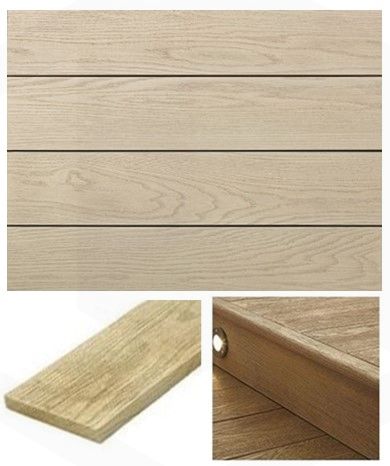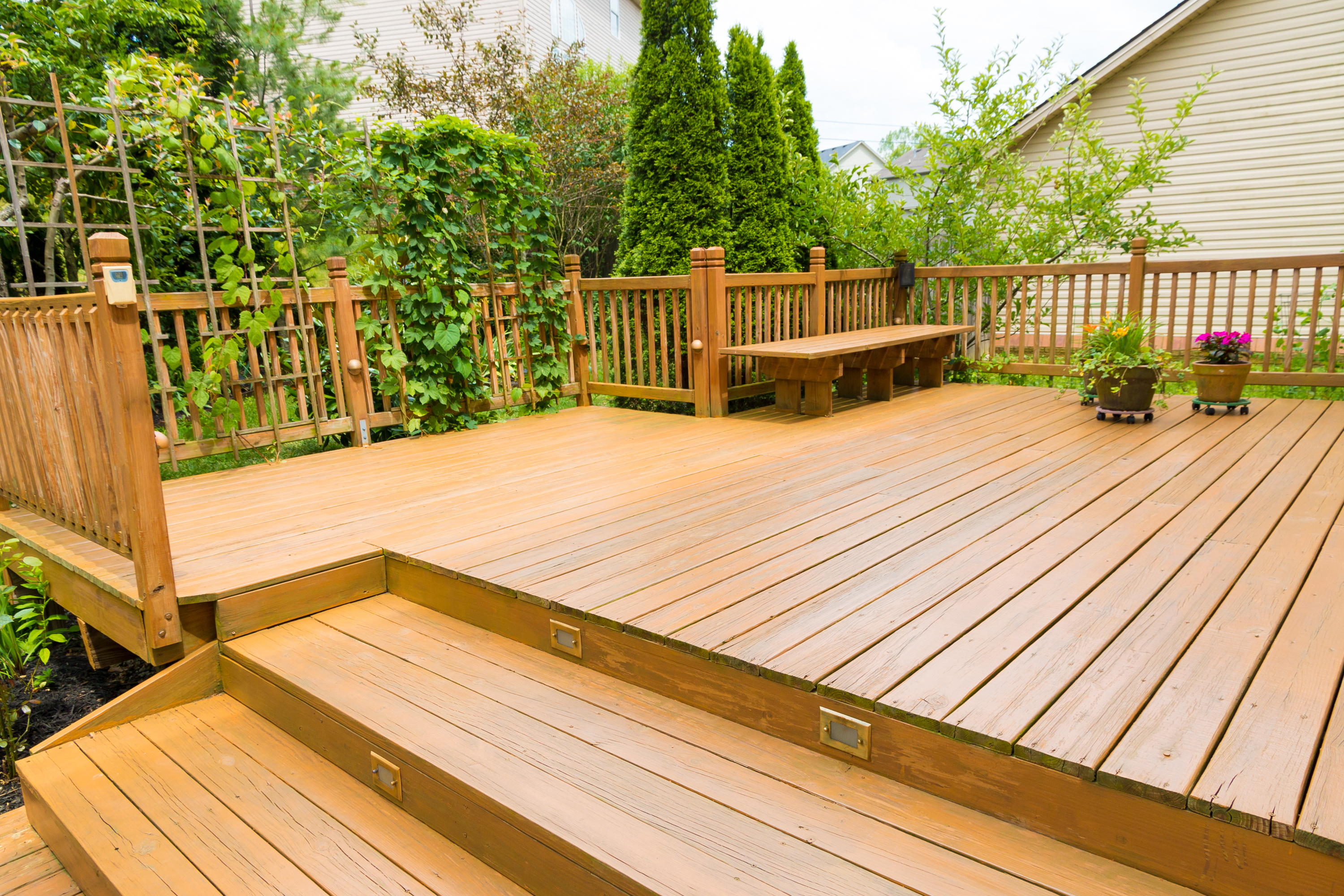The Complete Guide to Timber in Construction
What is timber?
Timber is used to describe structural products of wood. It is wood prepared for building and carpentry use.
The lighter the colour is, the weaker is the timber.
Regularised timber has been dried and planed to size, ensuring a consistent and regular size.
What are the uses of timber in construction?
Timber is mainly used for building a structure or for other reasons.
There is widespread use in timber home construction, where the characteristic of this style is the use of timber that is generally greater than 5 inches in size.
It also can be fabricated into structurally engineered wood products that are suitable for sustaining high loads, substituting for other materials such as steel I-beams.
Treated timber can also be painted using a brush, roller, or sprayer. However, before painting, the wood must be dried both on the surface and internally.
Timber framing
With timber framing, heavy, large timbers frame the structure instead of more slender dimensional timber. One of the most distinctive characteristics of a timber frame is the unique joinery that holds the timbers together.
Modern timber frame structures are precision-engineered, strong, and durable. The build method relies on a factory-manufactured timber frame as a means of structural support, carrying the loads imposed by the floors and roofs, before transmitting them to the foundations.
Advantages of timber in construction
- Variety - you can choose something ideal for your home construction based on different sizes, shapes, colours, textures, styles, and designs.
- Easy to work - timber is versatile and can be used in a wide variety of ways. Being light, it is easy to install and can be worked with simple equipment.
- Insulation - timber tends to perform a lot better than steel or brick when used in external cladding to help keep the heat in.
- Cost - timber can be cheaper than a steel-framed building or masonry building, partially due to its speed of construction.
Is timber sustainable?
Yes - with a low embodied carbon footprint, it can be used to maximise a project’s green credentials. It is one of the most environmentally-friendly materials currently available, being a natural carbon sink and truly renewable.
Trees absorbs carbon dioxide while they grow, turning carbon into wood and emitting oxygen. This carbon is stored in wood until it is released either by natural causes or through combustion.
Where does timber come from?
Softwoods comes from cone-bearing trees, which are described as coniferous, while hardwoods comes from broad leaved trees.
The majority of our carcassing products are produced from Scandinavian Whitewood Spruce (Picea Abies).
Due to the slow growth of this timber which can be up to 120 years before harvesting, you will have a product with tight growth rings giving more stability and a superior finish when machined.















